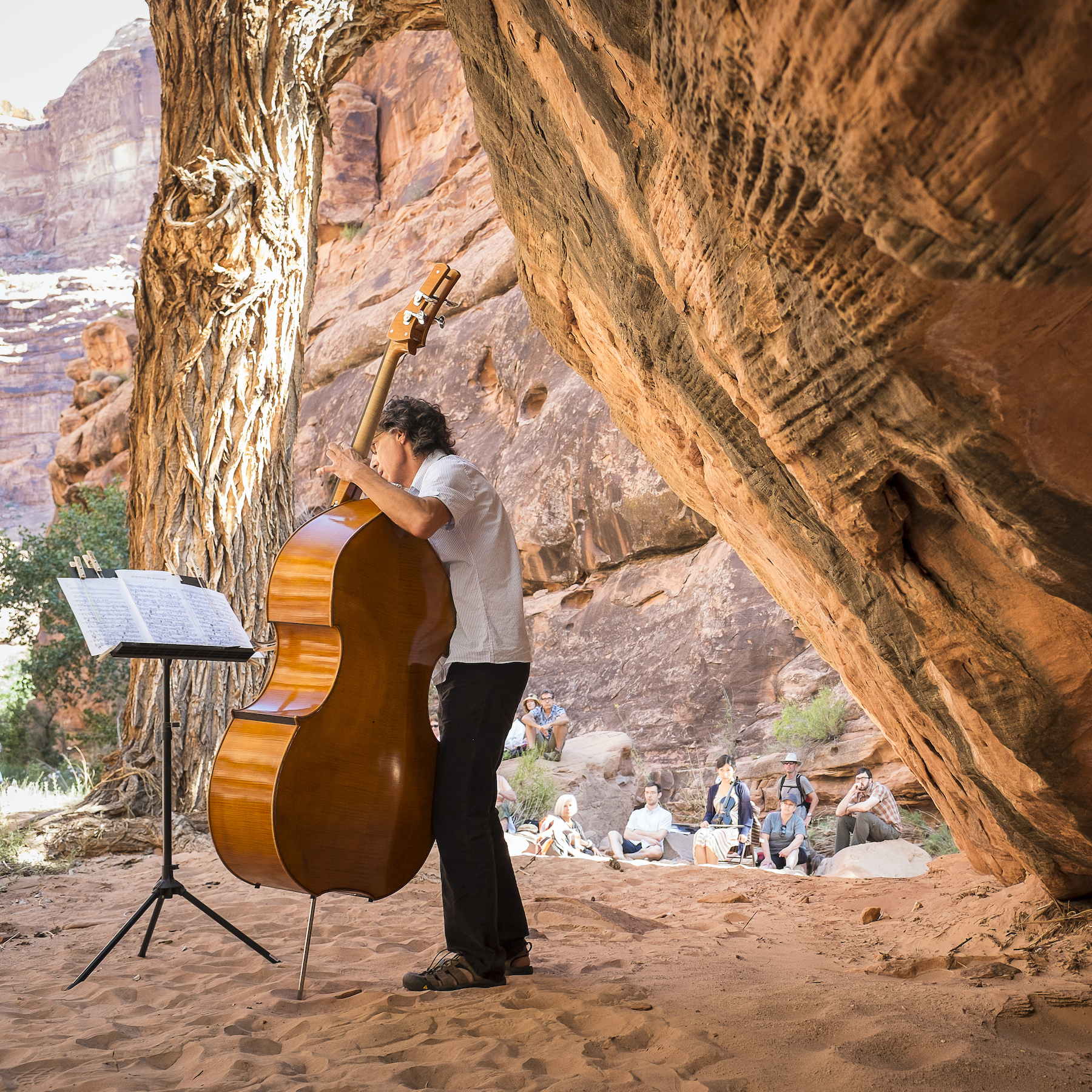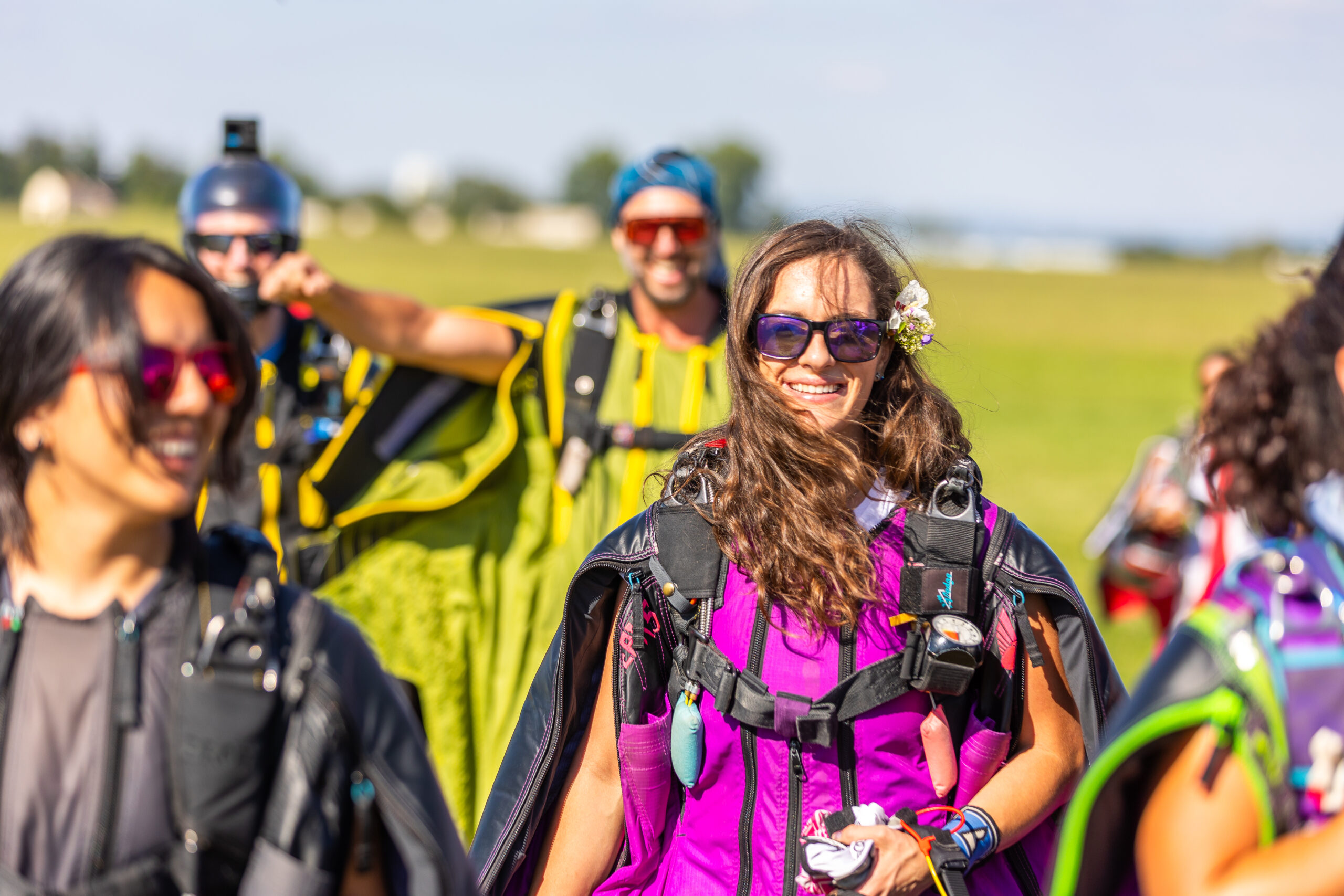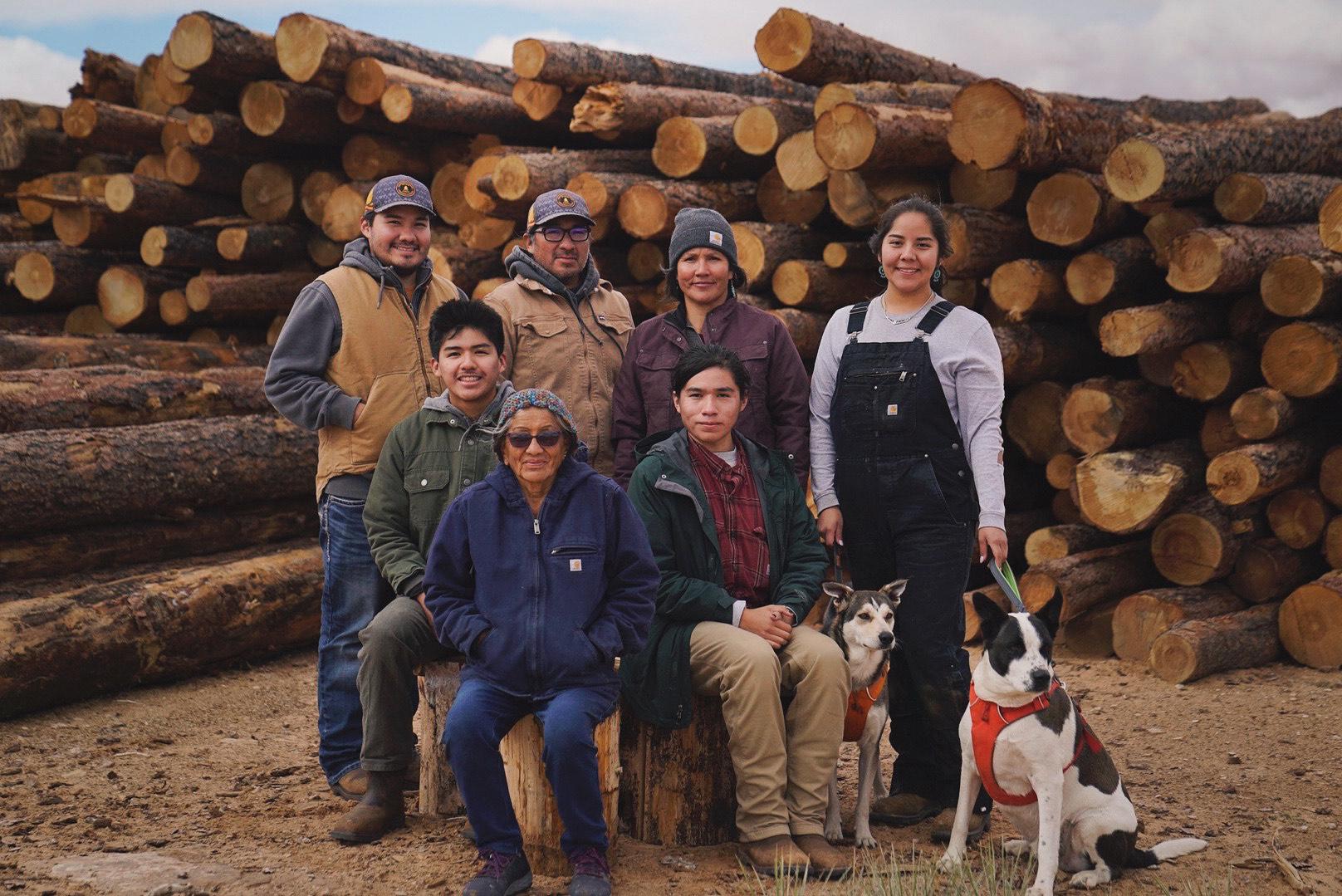Some information may be outdated.
When Michael Barrett drove through Moab on his way to Santa Fe in 1990, he was in awe. The reddish orange sandstone cliffs and the glory of the Colorado River captured his imagination just like it had—has—to so many other travelers. But instead of imagining himself climbing the rocks or getting lost on hikes, he saw himself interacting with the landscape through music. He saw stages in the valleys between cliffs, musicians nestled within the curved walls of canyons, audiences scattered across sand. That summer of 1990, he and the co-founder of the festival, Leslie Tompkins, crafted the beginnings of what would become the Moab Music Festival.
“The intersection of the festival is really an intersection of people and the landscape through music,” Tompkins said.
This is the 29th year of the Moab Music Festival—the festival will run for two weeks, from August 30 to September 16, and will feature 15 concerts in a variety of venues.
The program’s centerpiece is the premiere of a work by violinist and festival Composer-In-Residence Kenji Bunch on September 4.
The work, called “Lost Freedom: Japanese American Confinement in the U.S.”, will tell renowned actor and author George Takei’s story of growing up in American confinement camps during World War II. Takei, famous for his roles as Hikaru Sulu on the television show “Star Trek,” narrates the piece.
As the festival’s music director, Barrett chooses each piece of music and each artist. Meeting artists is easy, he said—until a year ago, he lived in New York, where most aspiring musicians travel through at one point or another in their careers. He tries to get new musicians each year, but the lineup features old favorites too—Kenji Bunch, the violinist playing the centerpiece concert with George Takei, has performed multiple times at the festival.
The work with George Takei was woven together by Barrett, who had the initial idea a few years ago. Takei is a friend of Barrett’s, so Barrett knew some of his story—during World War II, Takei and his family, along with 120,000 other Japanese Americans, were imprisoned in confinement camps. One such camp was located just north of Moab, in the Dalton Wells area, which is within the new Utahraptor State Park. Takei’s family was imprisoned in camps in Arkansas and California. Barrett knew Takei’s story had never been told in a musical setting before, and he had the idea to pair Takei up with the young composer Kenji Bunch, who is also Japanese American. Barrett believed Bunch could capture the emotion of Takei’s story. The two agreed to work together, so Barrett helped them create the performance with six sections.
During the narrated concert, Takei will “revisit his own childhood imprisonment,” according to the press release, and “the ensuing struggles his family and so many others encountered after their release.”
“It’s a fantastic opportunity to highlight something that needs more attention,” Tompkins said.
The festival has a long history, said Tompkins, who is the artistic director of the festival. Over the years, it has grown in size, scope, in its relationship to the community, and its ability to adapt both to the challenges of operating within a global pandemic and also to the challenges of climate change.
“We are trying to consider ways of remaining vibrant and relevant,” Tompkins said. As the artistic director, Tompkins creates the identity of the festival. She wants it to be intimate and friendly, while also producing some of the highest quality live classical music in the world.
Last year, Tompkins found ways that the festival could remain true to itself while also following COVID-19 guidelines. Festival organizers scheduled concerts outside with smaller audiences, and limited how many concerts they were doing at all: last year, they were only able to put on five. This year, they’re back up to 15—five less than their usual, but Tompkins is just glad that the festival can go on at all, and that she can watch it in person.
Looking forward, Barrett said they’ll try to put on 30 concerts with events throughout the year. The festival has certainly gotten bigger, Barrett said, and better, too.
“In the music festival world I think we’ve really become known as kind of the coolest, most amazing music festival,” Barrett said.
The other 14 concerts are scattered across Moab, some more adventurous than others: two are overnight whitewater rafting trips, three take place in a secret grotto accessible only by jet boat, three more require participants to hike to the location. Other venues include the Red Cliffs Lodge, the Sorrel River Ranch Resort and Spa, and private homes and ranches. More than 40 musicians will perform.
Tickets range from $40 to $2,100, and there will be a free community concert on September 6 at Old City Park. To purchase tickets or find more event information, go to moabmusicfest.org.
Event Information
What: Moab Music Festival
When: August 30 to September 16
Where: Various locations across Moab
Appreciate the coverage? Help keep local news alive.
Chip in to support the Moab Sun News.





